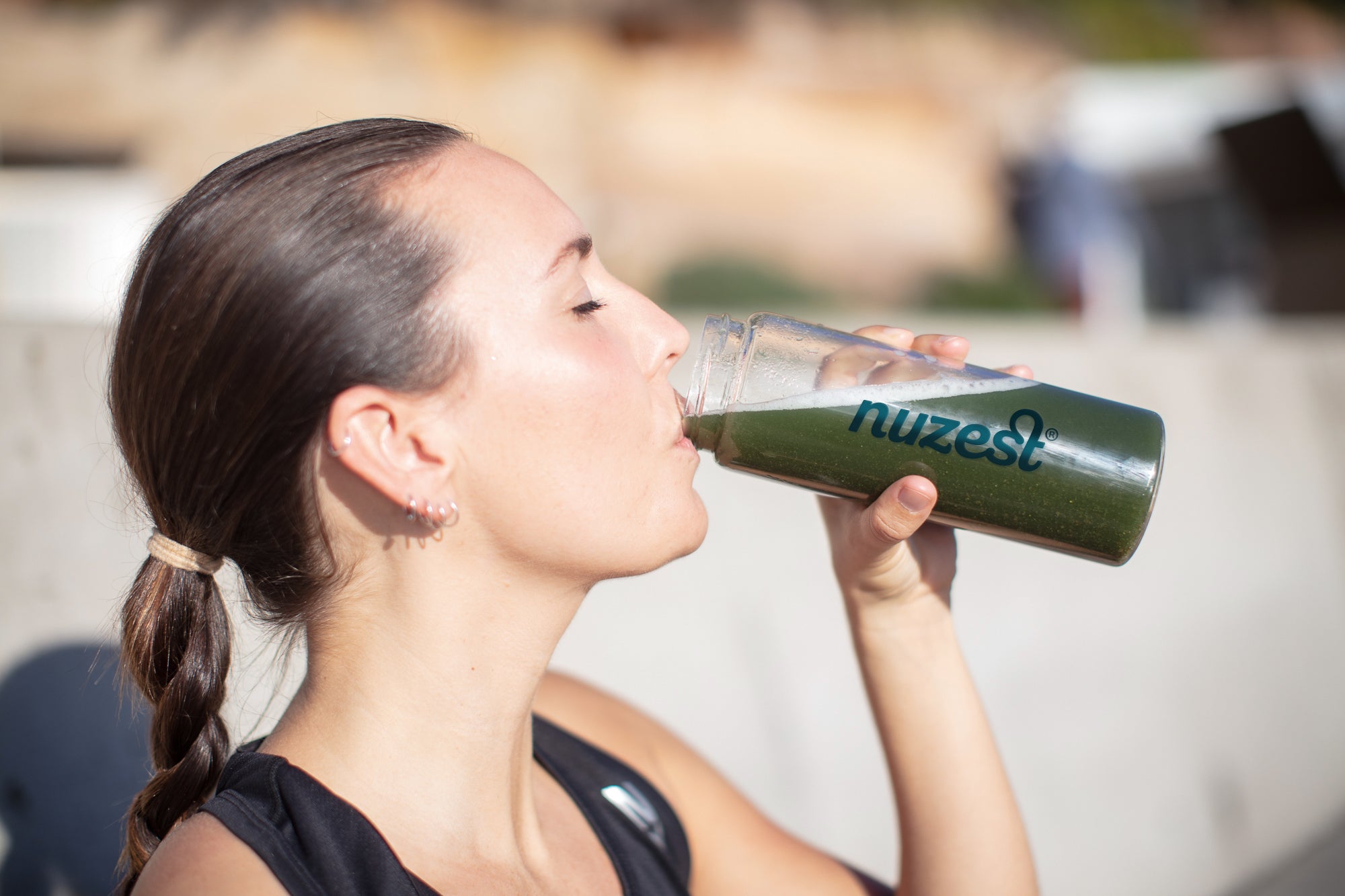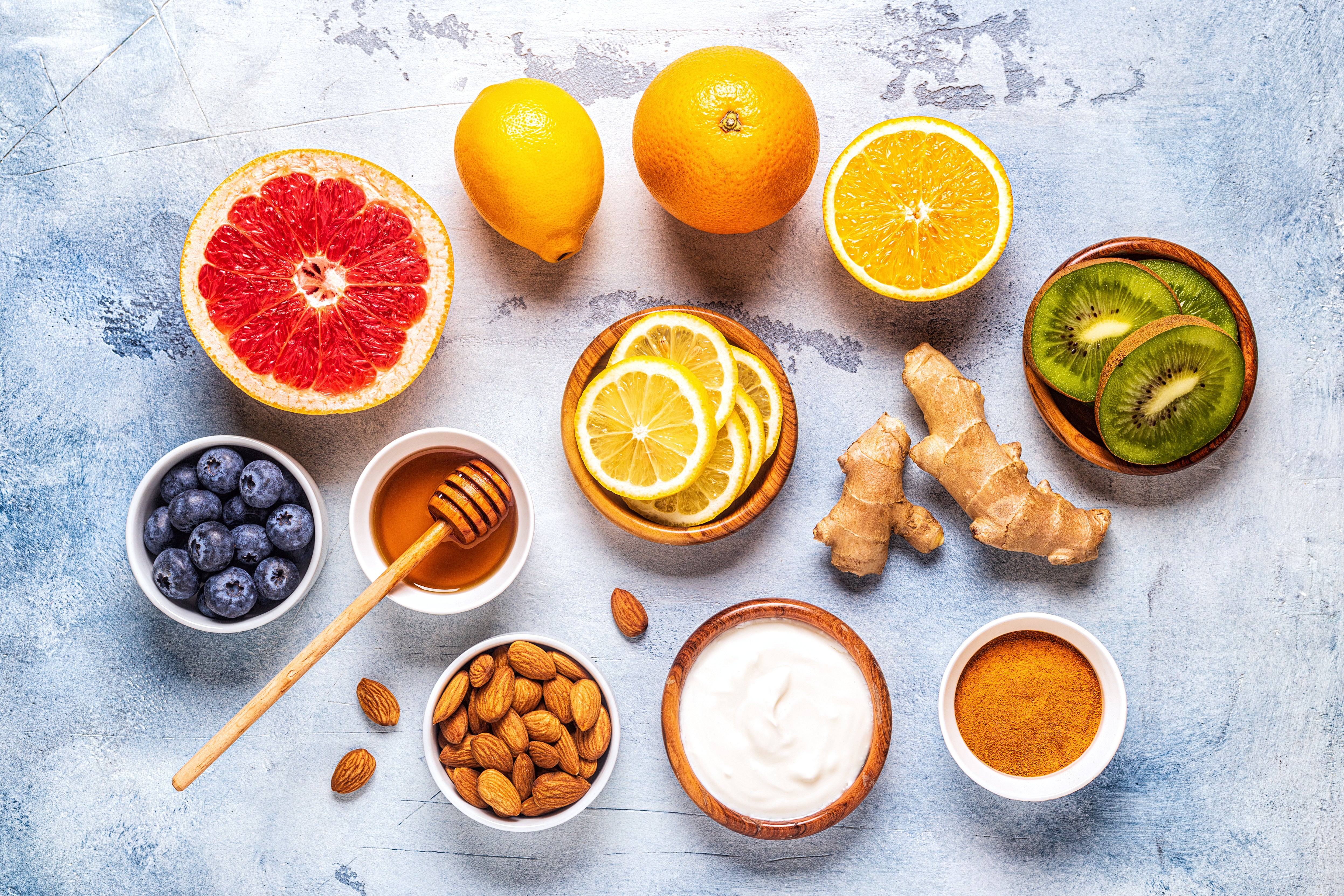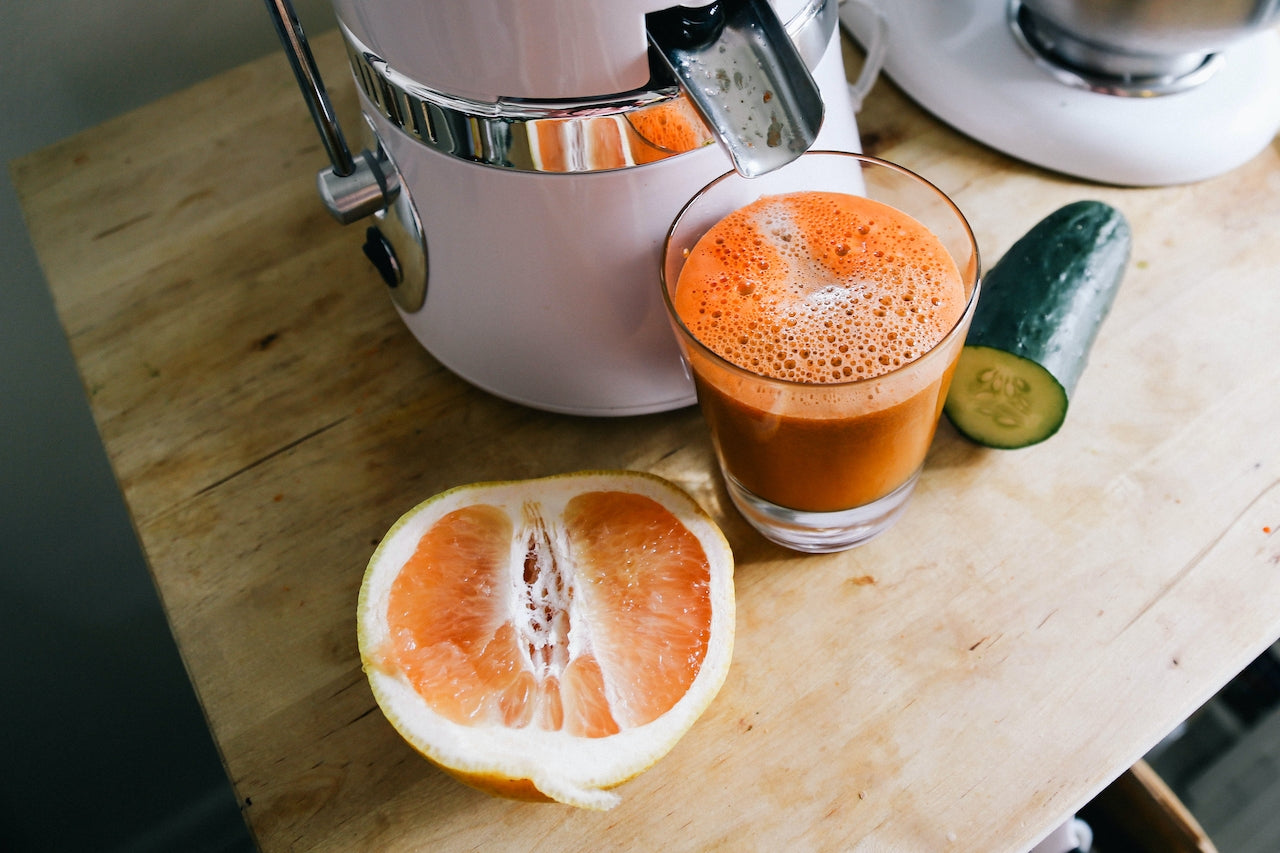Author: Bethany Ugarte
Dextrose and maltodextrin are forms of glucose derived from starch. Table sugar, or sucrose, is what most of us consider “sugar”. But just because you aren’t sprinkling sugar on your foods, or baking with it doesn’t mean you aren’t eating sugar. Sugar comes in many different forms, and Dextrose (AKA: a refined sugar!) is one of them!
Dextrose / maltodextrin is made when starchy plants – primarily corn – are broken down into monosaccharides using enzymes, and to a lesser extent, acids. Because it’s from natural sources, dextrose is considered “natural,” but it is still processed.
Dextrose Uses
It’s added to foods for sweetness, as a filler or a texturizing agent, and also for extending the shelf-life of packaged foods.
Foods and products that typically contain Dextrose
Packaged sauces, dry seasoning/dip mixes, flavored chips such as ranch or BBQ, baking mixes, cured meats, canned foods, pickles, crackers, and prepared “fresh” foods.
Dextrose can appear on a label under other names including corn sugar, wheat sugar, rice sugar, dextrose monohydrate, d-glucose, grape sugar, and dextrose anhydrase.
Cultured dextrose is pretty much the same thing with similar side affects. Cultured dextrose sounds healthy, like cultured yogurt, right? Chances are you’ve heard of “cultured dextrose” and seen it in ingredients. But have you heard of “preservative 280”? It’s the same thing!
Cultured dextrose used to be called preservative 280 (propionic acid), one of a group of chemicals and nasty additives that’s used as mold inhibitors in foods. Mold inhibitors sounds good at first thought….no mold on my food, right? But when your body consumes preservatives, it can’t break it down naturally as intended, which may cause bloating, digestive issues, and headaches, and even fat storage.
The food industry is aware that consumers are making more efforts to avoid chemicals in their foods, so they are strategically changing names of additives to claim “Clean Labels" (clean labels, not clean food). Clean Label foods remove numbers and chemical-sounding names, and replace them with the same chemicals listed as innocent-sounding ingredients.
How Dextrose is Made
The food industry makes the same chemical by culturing propionibacteria such as dextrose, whey, rice, or wheat. Due to a “natural” way of manufacturing, they can claim “no artificial preservatives”. This is how cultured dextrose has come to be accepted even in organic products! But, it’s just another preservative.
Side effects of Dextrose and Cultured Dextrose can include:
- Upset stomach
- Fat storage (remember it’s a refined sugar)
- Hyperglycemia
- Frequent urination
- Skin dryness
- Increased Thirst
- Fatigue
Eating foods that naturally contain dextrose is fine, but when it’s extracted, processed, refined, and gone through who knows how many steps, it’s not really natural anymore. Why do we have to eat foods with ADDED Dextrose and Cultured Dextrose? How about we just eat REAL food?
Clean Lean Protein is free of dextrose and a great real food!


















































